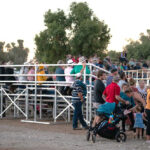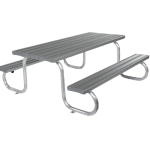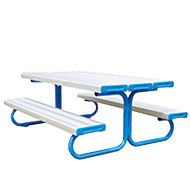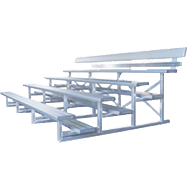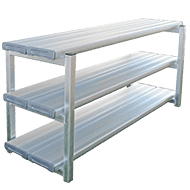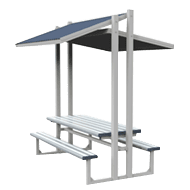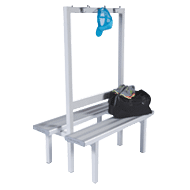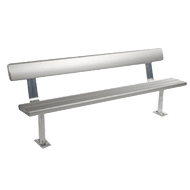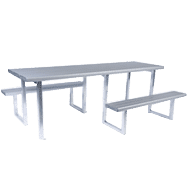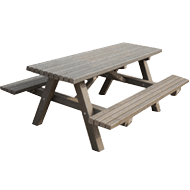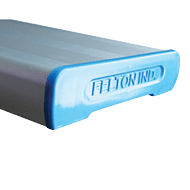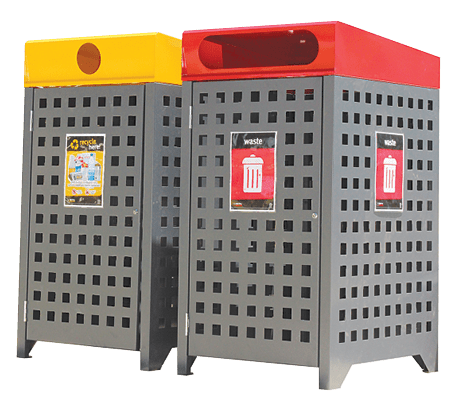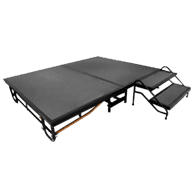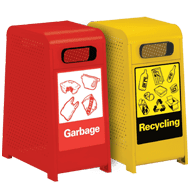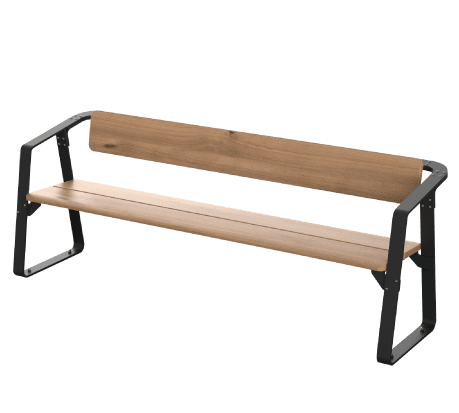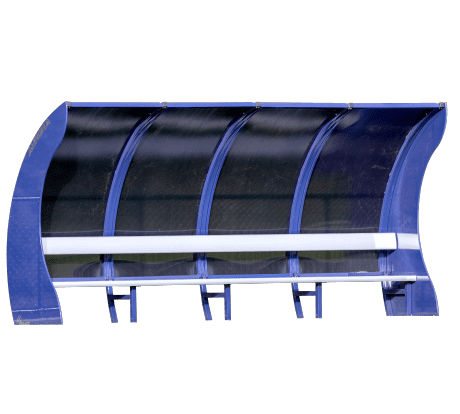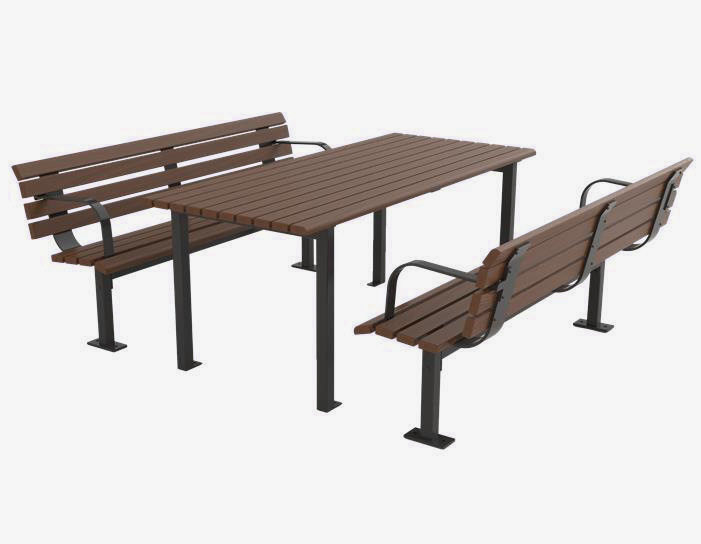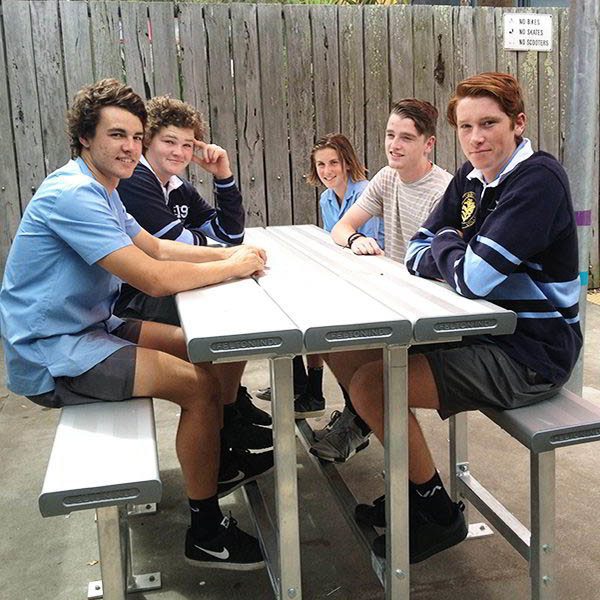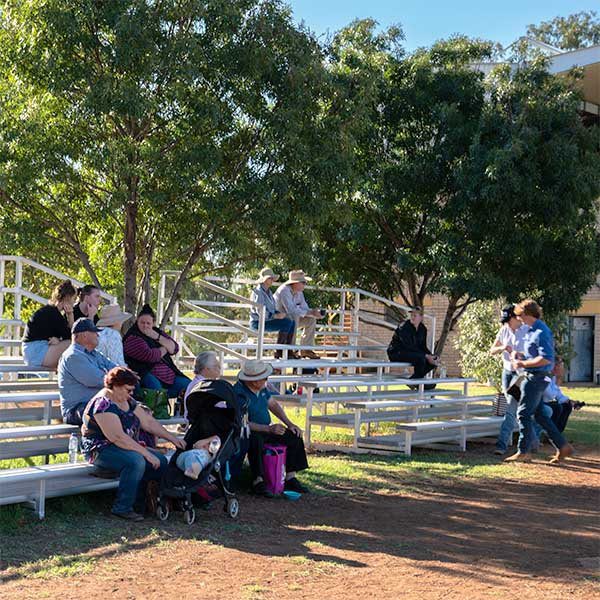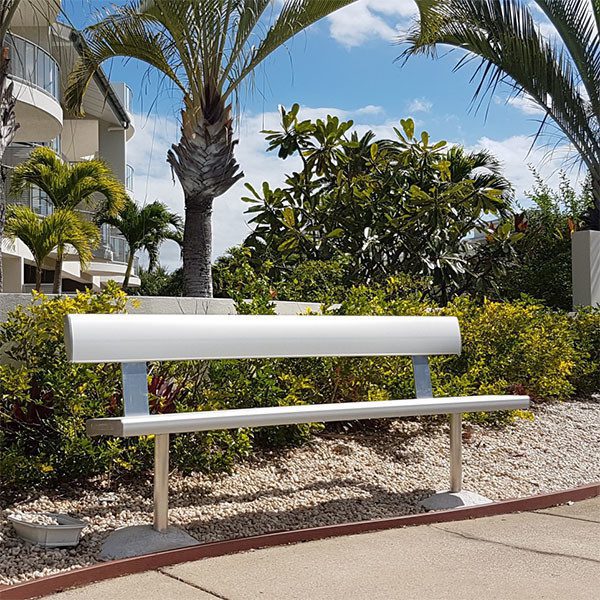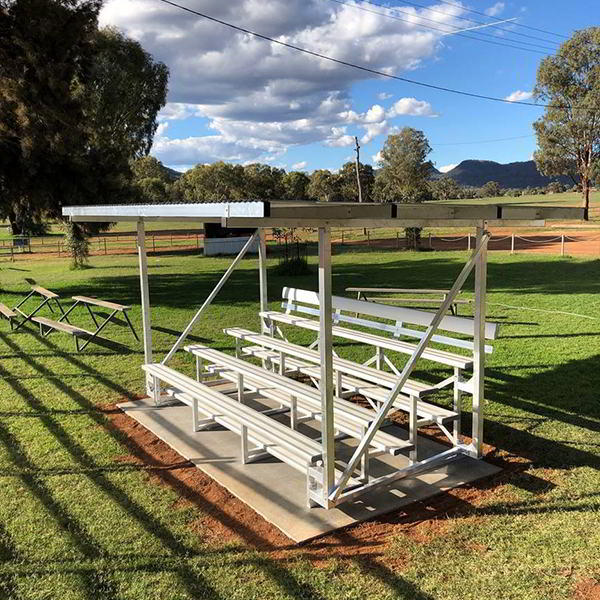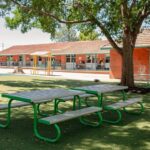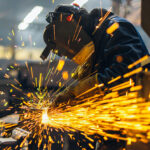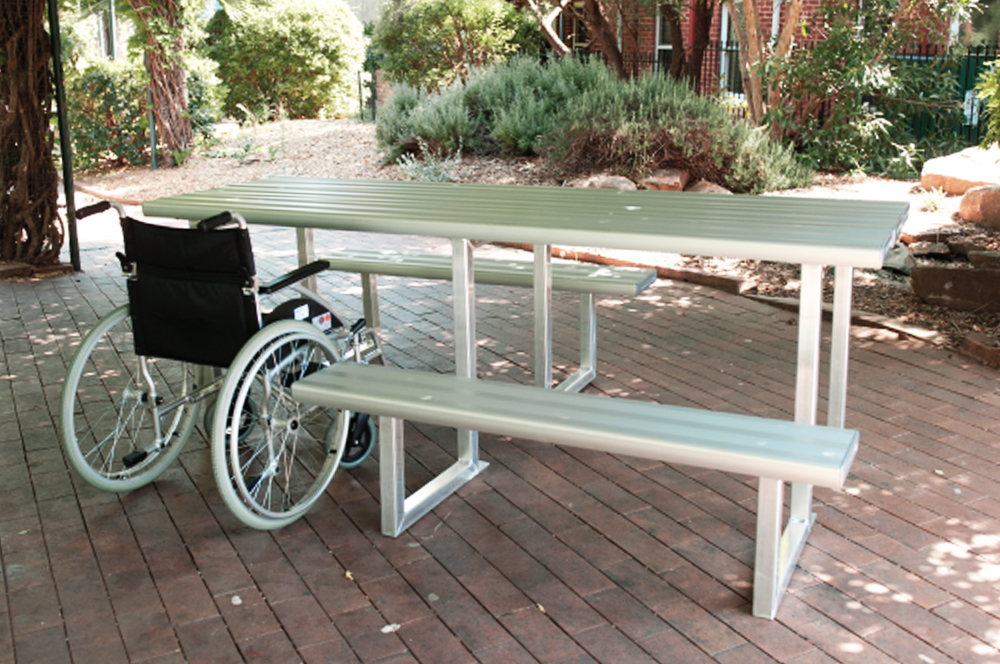
Making Play Inclusive With Wheelchair-Friendly Settings
In playgrounds and community spaces, no one should have to sit on the sidelines. Too often, inclusive is just a buzzword tucked into a planning document, with no real plan to bring it to life. True inclusion is a design that works for everyone. And that’s where wheelchair-friendly settings, ramps, and clever furniture choices make all the difference.
The big three
If you’re a council, school, or architect mapping out your next play space, keep these essentials in mind:
- Ramps that roll
Forget steep, token ramps that feel more like ski slopes. A good ramp has a gentle gradient (1:20 where possible), is wide enough for smooth passing, and uses non-slip surfacing. And don’t just connect the entrance; connect the fun stuff, such as play equipment, seating areas, and picnic shelters. That’s where inclusion really counts.
- Tables that fit wheels
Standard picnic tables with bench seats on all sides? Great, unless you’re in a wheelchair. Inclusive tables require clearance underneath (at least 700mm high and 800mm deep), so users can join the group without having to hover awkwardly at the end. Even simple tweaks, like adjustable heights or extended ends, can be inclusive. The Interactive Eco-Trend Sheltered Park Setting is a great piece.
- Clearance zones
Pathways, rest areas, and seating areas need at least 1.5m of space for easy turning circles. That extra room isn’t just for wheelchairs – it helps parents with prams, kids on scooters, and anyone who values a little breathing space. Inclusive design is all about universal convenience.
Community-building furniture
Get these basics right, and suddenly your spaces aren’t just accessible, they come alive with connection. When schools install wheelchair-accessible outdoor furniture, students who might otherwise feel excluded can be at the heart of the group, not accommodated – included.
Councils see the same ripple effect. In regional parks with wheelchair-friendly picnic settings, families don’t have to end up in smaller, disconnected groups. Everyone can gather around the same table, swapping stories, monopolising the best snacks, and building community without even thinking about it.
That’s the real power of inclusive design: it doesn’t just tick compliance boxes – it creates a feeling of belonging.
Your design cheat sheet
- Seating heights: The ergonomic sweet spot for adult seating sits at 450–520mm, while a lower height of around 350mm is better suited for children
- Armrests: These small comforts are a must-have for older or less mobile users
- Wheelchair spaces: These are best-positioned at the ends of tables for clear sightlines and ease of socialising
- Materials: Go for durable, low-maintenance options like anodised aluminium, which is tough on weather and kind on users
- Wayfinding: Add Braille and tactile signage where possible – it’s not just useful, it’s thoughtful
Inclusivity matters
Outdoor furniture is the glue that holds public spaces together. When it’s inclusive, it does more than provide somewhere to sit; it creates spaces where people feel welcome, safe, and connected. Felton designs their wheelchair-friendly settings with clearance, durability, and community cohesion in mind. Inclusive features aren’t add-ons – we build them into our ranges.
Let’s collaborate and find accessible pieces that create community.

Stronger Spaces Start With Our End of Year Savings

Game On: Smart Grandstand Choices for Every Budget
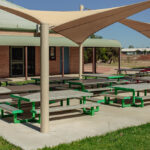
Top Five Outdoor Study Spots on Campus and How to Furnish Them
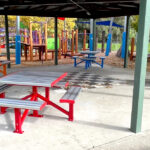
Why Schools Love Aluminium for Busy Playgrounds
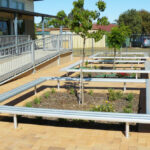
Transform Your Outdoor Space for Summer with Durable Furniture
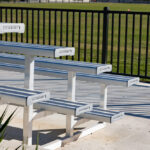
Muddy to Match-Ready: Cleaning Your Aluminium Benches

Wood, Steel or Aluminium? A long-term cost comparison
